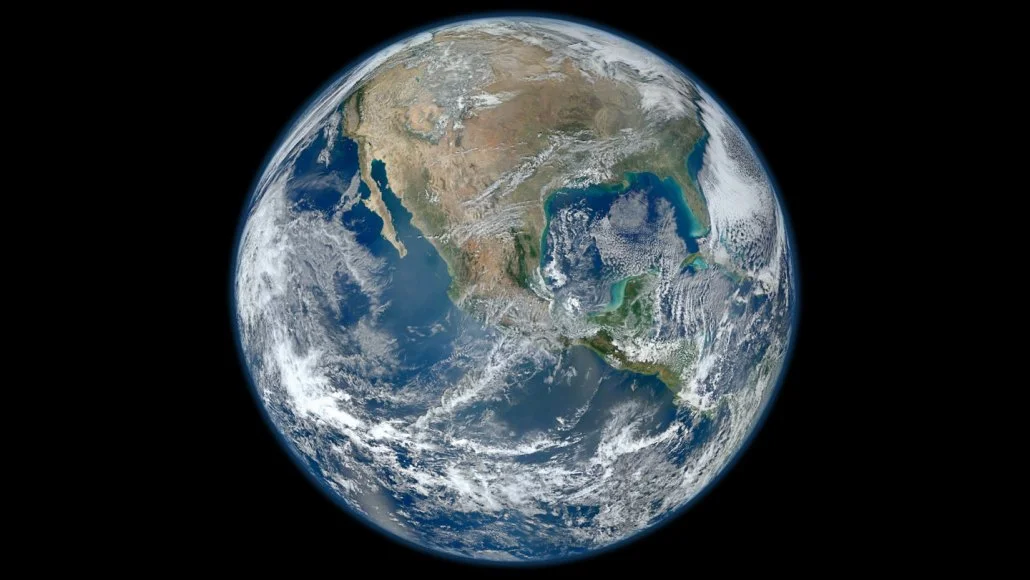
Earth’s Cosmic Game of Chance: Passing Stars Could Hurl Our Planet Into Chaos
Imagine Earth, our pale blue dot, being flung into the icy depths of space by a rogue star. Sounds like science fiction, right? Well, new research suggests this scenario, while improbable, isn't entirely out of the question. The gravitational dance between our solar system and passing stars could have dramatic consequences, potentially leading to planetary collisions or even Earth's ejection from its orbit.
According to simulations detailed in a paper submitted to arXiv.org, the long-term influence of passing stars on our solar system is more significant than previously thought. While the sun's eventual transformation into a red giant (swallowing Mercury, Venus, and potentially Earth) remains a long-term threat, these stellar encounters pose a more immediate, albeit less likely, danger.

The research team, led by Nathan Kaib and Sean Raymond, ran thousands of simulations using NASA’s Horizons System. These simulations show that passing stars introduce an element of chaos, primarily due to their effect on Mercury's already somewhat unstable orbit. As Mercury's orbit becomes more elliptical, it increases the risk of collisions with other planets, or even ejection from the solar system entirely. This chaos can then cascade through the inner solar system, impacting Venus, Earth, and Mars.
"It’s a little scary how vulnerable we may be to planetary chaos," remarks Renu Malhotra, a planetary scientist at the University of Arizona. She believes that past stellar encounters may have already shaped our solar system, influencing the elliptical orbits of the giant planets.
So, what are the odds of such a cosmic catastrophe? Over the next 5 billion years, the chance of Earth being affected in this way is estimated at around 0.2 percent. While small, this is significantly higher than previous estimates which didn't account for the long-term influence of passing stars. Pluto, perhaps surprisingly, faces a greater risk, with a 4 percent chance of ejection or collision.

The most dangerous encounters involve stars that pass within 100 times the Earth-Sun distance and move relatively slowly (less than 10 kilometers per second). These slow-moving stars exert a prolonged gravitational influence, increasing the likelihood of orbital disruptions.
While the prospect of Earth being flung into deep space is a chilling one, it’s important to remember that the probability is low. Nevertheless, this research highlights the dynamic and potentially volatile nature of our solar system, reminding us that planetary stability can be a delicate balance in the grand scheme of the cosmos.
What do you think about the potential for stellar encounters to reshape our solar system? Leave your thoughts in the comments below!